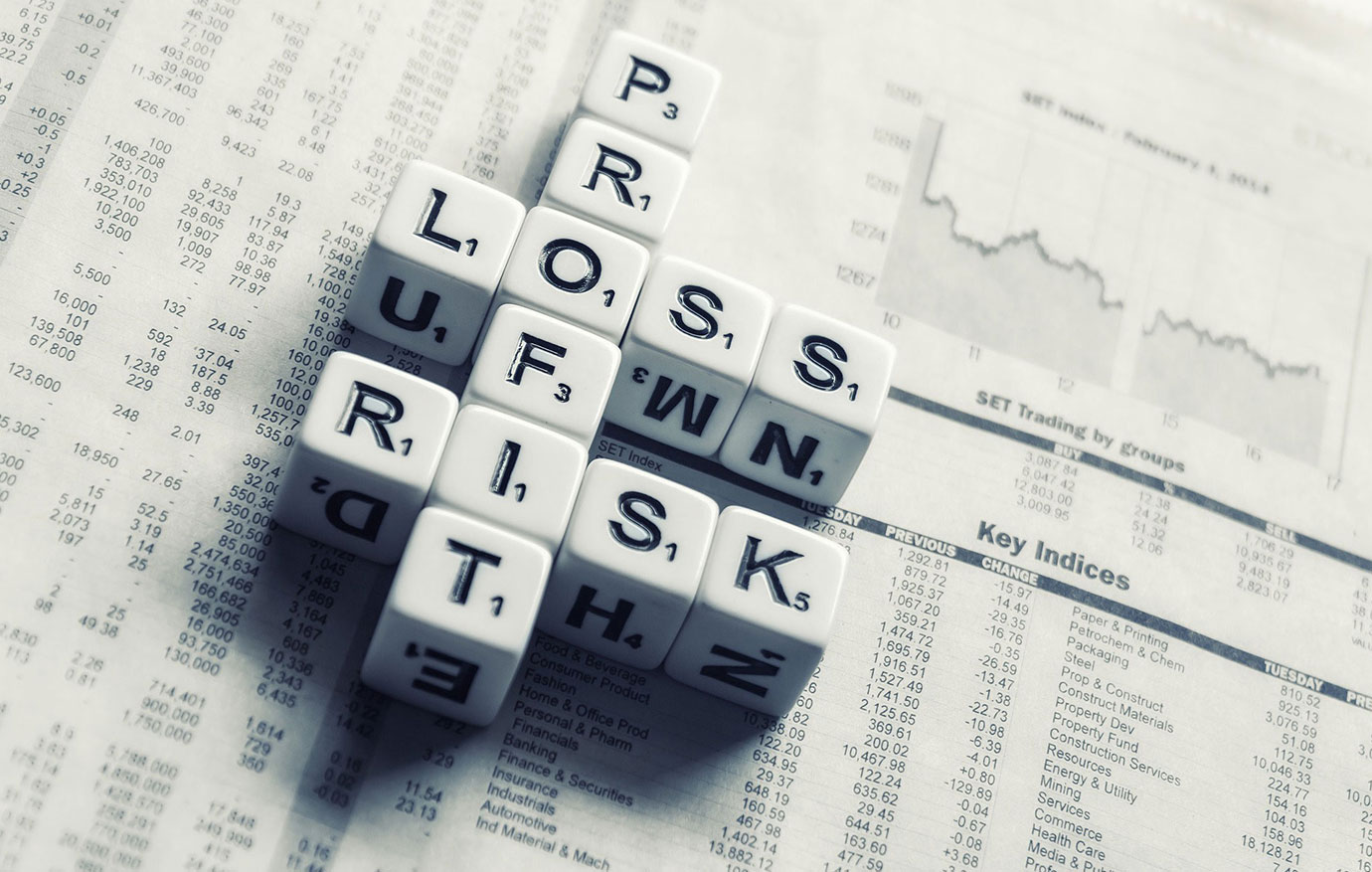BANGKOK — Drug traffickers in East and Southeast Asia found ways to evade COVID-19 curbs to boost trade and diversify production, with Cambodia emerging as a large-scale source for methamphetamine, the United Nations said on Thursday.
The trafficking of methamphetamine or meth, by far the region’s most popular drug, suffered a short-lived disruption during the height of the pandemic but rebounded to a higher level than a year before, the U.N. Office of Drugs and Crime (UNODC) said in a report.
Authorities in Asia seized a record of almost 170 tons of meth last year, up 19% from 2019, the report said.
“While the pandemic has caused the global economy to slow down, criminal syndicates that dominate the region have quickly adapted and capitalized,” said Jeremy Douglas, UNODC Regional Representative for Southeast Asia and the Pacific.
In an effort to dodge COVID-19 restrictions, crime groups increasingly transported drugs through Laos — a small, developing nation with poor law enforcement — to traditional trafficking hubs in Thailand and Vietnam.
The report noted an emergence of large-scale meth production in Cambodia, although Mr. Douglas said the country’s output was dwarfed by the still-thriving illegal drug production center in Myanmar’s Shan State, part of the Golden Triangle that also includes parts of Thailand and Laos.
“It looks like organized crime are hedging a bit and shifting some production so not everything is as concentrated,” Mr. Douglas told Reuters.
Wholesale prices of meth declined in Cambodia, Malaysia and Thailand due to the surge in supply. The UNODC partially attributed the rise in supply to the ease in obtaining precursors to manufacture meth and other drugs. The supply of synthetic drugs such as ecstasy, cannabinoids and ketamine has also expanded across the region, the report said.— Reuters
